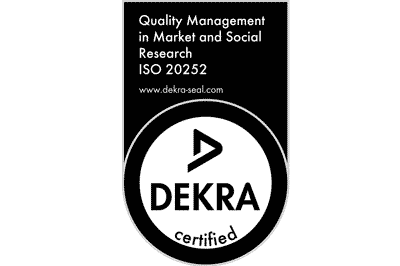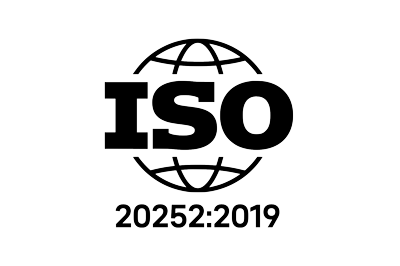CATI means Computer Assisted Telephone Interviewing.
Yes, you read that right: The telephone that Alexander Graham Bell developed in Boston in 1876. But precisely because the telephone has been around for 147 years, it has stood the test of time: Today, there are more mobile phone contracts in the world than people. According to statista, 5.2 billion people used the Internet in April 2023, but already in 2021 more than 7 billion could be reached by phone. And the telephone offers another unique advantage over all survey methods. CATI can not only be scaled globally, but is also one thing above all: personal.
Worldwide, there are more cell phone subscriptions than people
Mobile phone Subscriptions per 100 people in 2020
Source: Our World in Data / World Bank / World Telecommunication / ICT Indicators Database – International Telecommunication Union
The personal connection as the key to success: the interviewers
In CATI people talk directly to each other, almost like in a face-to-face survey. The personal conversation increases the quality of the answers, eliminates false participants and values the respondents. The decisive factor here are the interviewers – if they are well trained, they turn subjects into storytellers.
But how exactly do professional interviewers ensure that the other end of the line delivers better data?
Interviewers find the right target group
By asking their way to the right person in the family or company interviewers make sure the right person responds to the survey. So-called screening questions are then used to ensure that the person really does fit into the target group of the study. In a CATI survey, therefore, there are no ›wrong‹ participants who would compromise the results.
Interviewers extract more information from participants
To achieve depth of content, market research often requires open-ended questions. Open-ended questions are questions to which there are no predefined answer options; instead, respondents answer in their own words. However, if the answers are incomplete or ambiguous, the interviewer can ask further questions to make the statement useful. In ›impersonal‹ surveys, this is simply not possible.
Interviewers guide the interview
The telephone guidance by the interviewer not only creates the necessary trust with the participant, but also the necessary control quality. The fatal »speeding« – which can happen if the respondent loses patience – is eliminated. Especially in online surveys »speedlining« is a difficult to solve problem. It happens when respondents quickly click though the survey and give the same or very similar answers to a set of questions. In telephone surveys the personal conversation with the interviewer prevents these problems.
Interviewers have a feeling for honest answers
Trained interviewers know about the dangers of »socially adapted answers,« e.g., the tendency of people to prefer to answer with the majority opinion when in doubt. Neutral question wording as far as possible and a considered, sensitive approach by the interviewer will prevent just that.
Interviewers ensure consistent answers
Experienced questioners notice and react immediately when answers show inconsistencies – regardless of whether the test subjects give such answers out of carelessness or even intentionally. Only the interviewer’s immediate intervention avoids unusable data sets.
Interviewers value participants
The mere existence of a personal interviewer who calls the respondents leads to each participant being valued. Especially in B2B and B2C surveys, customers feel heard and acknowledged by »their company,« which can increase loyalty to the company.
Back to Bell.
Bell could still be mighty proud of its invention. While the telephone is no longer new, it is based on proven technology and has an even greater global presence than the Internet – providing the greatest possible accessibility. So even in our modern times, the telephone survey remains a first-class method for a globalised society while still remaining personal.
All facts and figures on more than 40 years of CATI at AMR can also be found here!


















